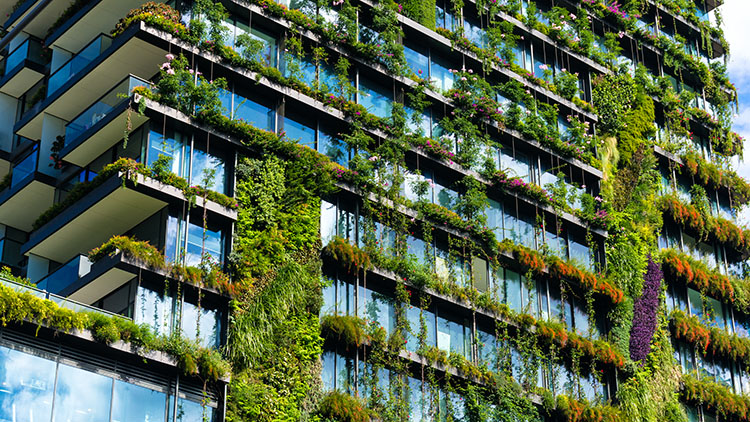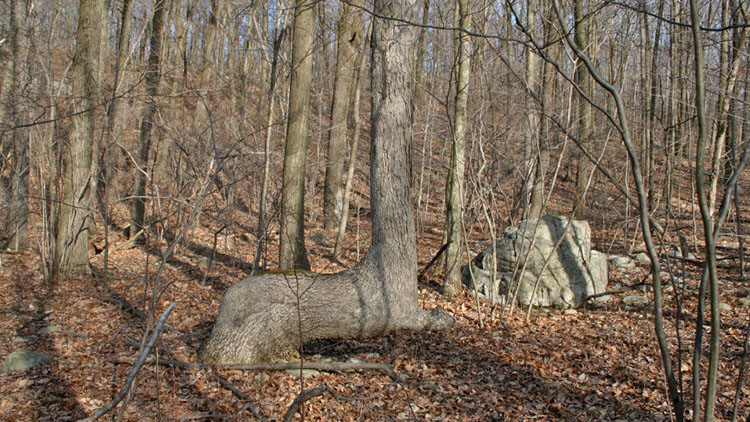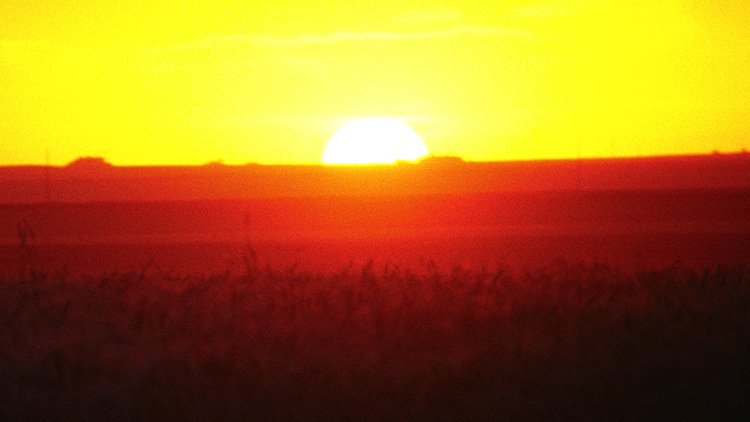
Skyscrapers are impressive buildings, soaring into the sky. Many people can live and work in one place, which makes many believe that skyscrapers are good for the environment. But tall buildings need a lot of steel and concrete to keep them from swaying in the wind. It takes a lot of energy to run elevators and to cool and heat skyscrapers. And the machines needed to build skyscrapers release a lot of carbon dioxide into the air.
So how have people made skyscrapers “greener” to help our environment? Some skyscrapers have windows covered with a special coating. The coating traps heat to keep the buildings warm during cool weather and maximizes natural light.
The Shanghai Tower, the second tallest building in the world, uses the power of wind to light up the outside of the building. The Bahrain World Trade Center has wind turbines to collect energy, too.
Some skyscrapers have low-flow water fixtures to reduce water usage. These water fixtures can save millions of gallons of water in a year in just one building! Have you ever seen a skyscraper covered with plants? Plants on a building trap carbon dioxide and give out oxygen. They also create shade, which saves a lot of energy.
A building in Denmark not only is able to turn waste into energy to power 60,000 homes around it, but it’s also fun! On top of the roof, there’s a 1,500-foot-long ski slope that people can reach with a special elevator.
What Do You Think? If you were designing a skyscraper, what features would you add to make it friendlier for the environment?
Photo Credit: Katharina13/Shutterstock



